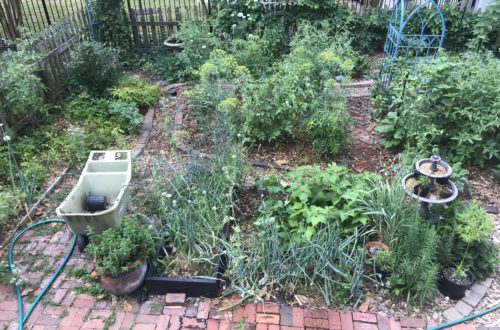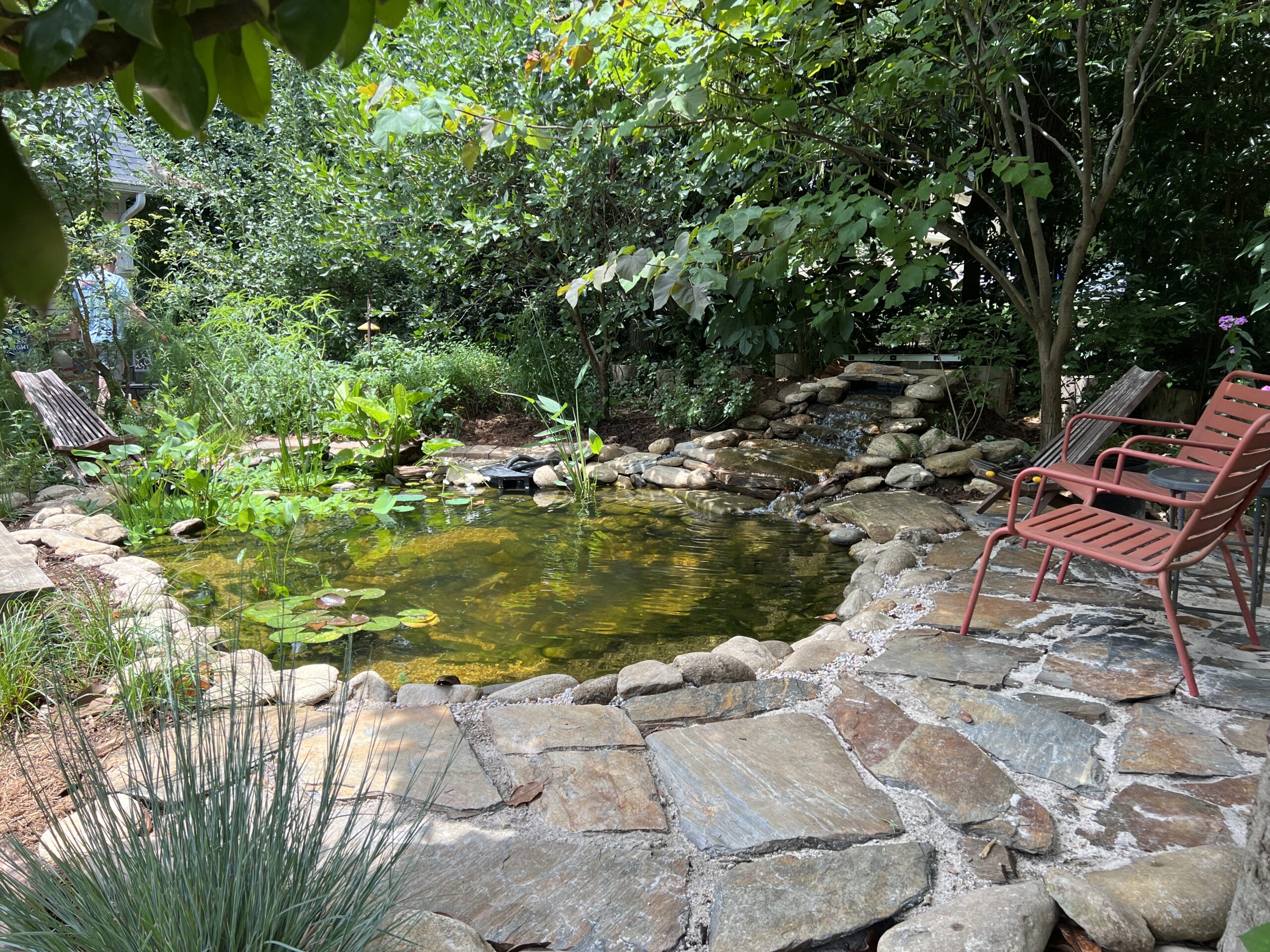Squash Pollination
Ready for a sex-ed lesson? Now, see there you go getting funny thoughts – this is why I typically avoid the topic, but we are talking SQUASH here, friends. Squash pollination brings lovely tender yellow fruits to the dinner table in the summer.
Last year my squash plants put out many flowers which never set fruit, or if fruit did set, the quash were underdeveloped and rotted on the vine. As usual squash vine borers and squash bugs eventually destroyed the plants completely. Often new gardeners are surprised to learn there are both male and female flowers, and the male flowers don’t set fruit. I frequently hear, “There are tons of flowers, but no squash!” Squash flowers are not self-pollinating like some other plants whose blooms have both male and female parts all between a cluster of petals and just need a little shake by the wind.
The male squash flowers have one stamen. The female flowers have one stigma and an ovum at the base of the flower, which is the future squash fruit. Sometimes a single squash plant will open its male and female flowers at alternating times to encourage cross-pollination with other plants. This is why it is good to grow several squash plants in close proximity to each other.
Due to the decline of pollinators, there’s a lot of work that isn’t getting done, leading to less abundant crops. For the home gardener, this can be remedied with a little third party action. Once you know how to identify a male and female flower, you can pollenate the blooms by hand. This should improve the fruit set and the quality of your squash.




2 Comments
Jamie
Sounds fun! I did alot of that with watermelon and cucumber plants when I worked in a NCSU greenhouse. It's easy, and if you have different varieties of squash you can try to get fancy and make some new combos!
Mama Goose
Aw, the title totally sucked me in. 😀 Hm, artificially inseminating plants… I can think of worse jobs though.